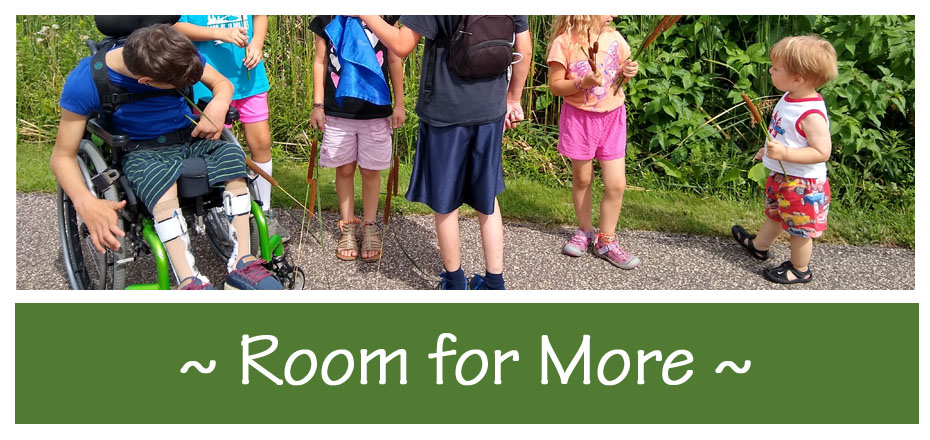Why are you crying - are you hurt?
Are you hungry? Are you thirsty?
Do you want to read a book?
You can get an incredible amount of mileage out of the simple affirmative and negative. Add to that a few others, like "more" and "all done" or "water" and "airplane" and now you've really got some material to work with.
Krassimir has shown us that he's quite skilled at understanding basic English, and learned quite a bit rather rapidly (yes, immersion is the best way to learn, but still! the vocabulary that boy is able to respond to appropriately is really surprising.) However, we have yet to have him communicate in a truly meaningful way beyond expressing pleasure or displeasure in a situation through varying degrees of laughing, smiling, whimpering, and crying.
For over nine months (easy to remember, because his initial evaluation was on Evania's due date) he's been working with a very experienced speech therapist who is consistently providing Krassi with multiple modes of expressive communication. She encourages simple vocalization ("use your voice, Krassi!") and responds to "eh" to mean more and "eh eh" (two syllables) to mean all done in the therapy setting. But it's hit and miss.
She has introduced basic signs for a nice, limited range of concepts: more, all done, yes, please/I want it/my turn (all combined into one simple sign), using those frequently and consistently in all of their sessions, and we do the same at home, but we have yet to see true, meaningful dialogue even at this level.
He is also at least once a week given the opportunity to interface with a touch-button device with a set field of basic options, and same thing - nothing meaningful, despite many many minutes of consistent cause-and-effect teaching. (Krassi pushes the button that says, "bubbles" and she blows bubbles. "All done" and she puts away whatever they had out.) But all we seem to get is meaningless random hits, or stimming (the same button over and over and over...)
A few weeks ago we were starting to get excited thinking we were seeing meaningful use of the sign for more. He definitely does the sign for more, and often in a seemingly appropriate way, but just as often in ways that are obviously NOT appropriate.
We're trying to withhold judgement, knowing from first hand experience that at the early stages of communication acquisition, once one word is mastered, suddenly they're using it for everything. I remember Reuben, when, if he used a finger on his lips as a physical cue, could say, "mmm-buh." That was HUGE!! It meant more for about a week, and then suddenly meant all sorts of things, pretty much anything he wanted he would call, "mmm-buh." And then it's not useful anymore. He wanted so badly to tell us what he was thinking that he started using the one thing he could say to mean everything, and then it meant nothing.
So is this what's going on with Krassi and his "more" sign? We don't know. I'd love to think so, but I'm equally wondering if he has simply learned that the people around him get excited when he does that because we think it means something, and he thrives on praise, so he does it just to make the people around him cheer him on.
I wonder sometimes how dark and thick the tangle in his brain is - how atypically his brain developed because of the consistent years of no meaningful human interaction, and particularly through the years when tiny humans are designed to be forming all of those pathways that lead to speech and meaningful communication.
 |
| an example of a small child who is NOT lacking in meaningful human interaction! |
How I would love to know what this little man has to say.

